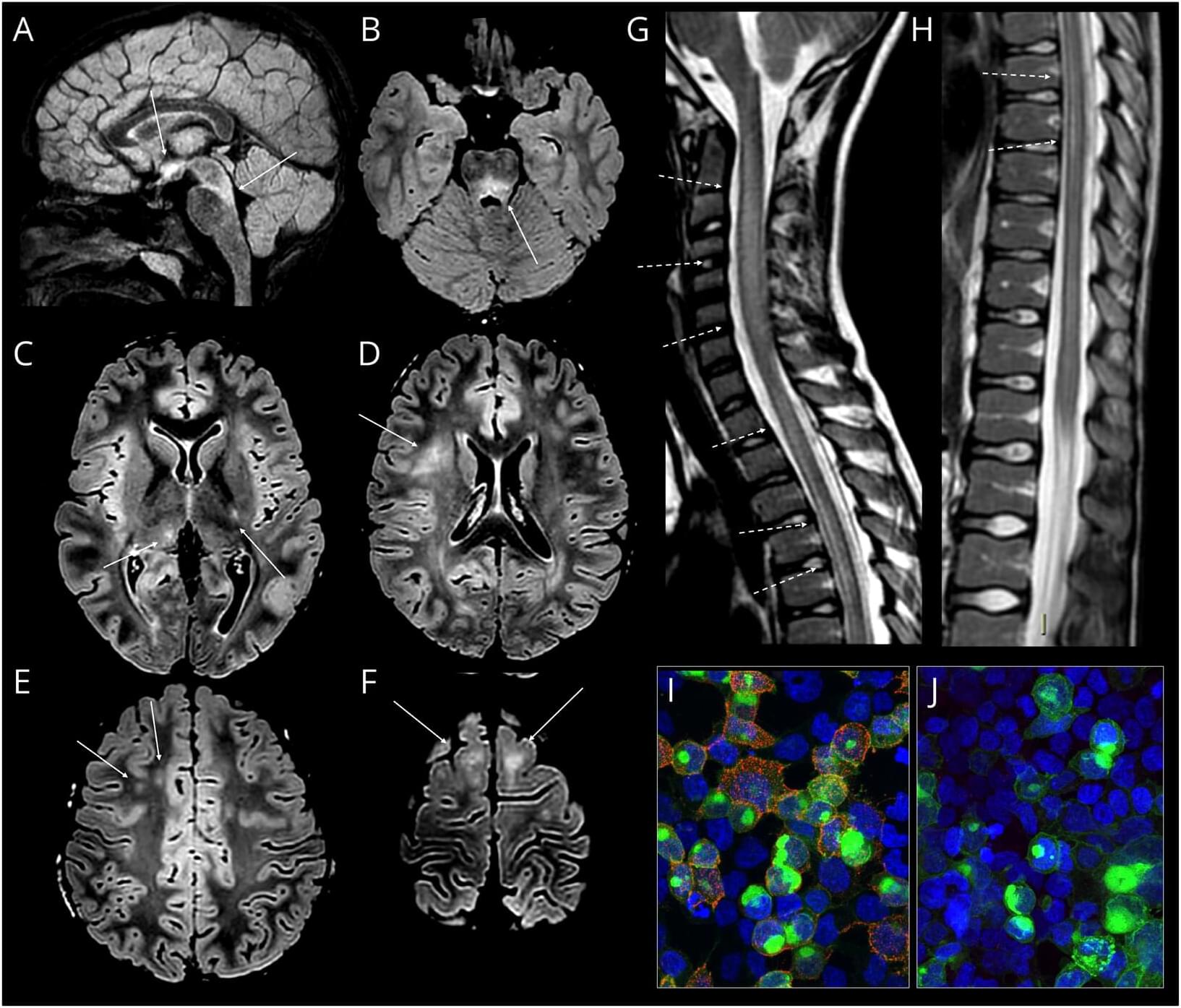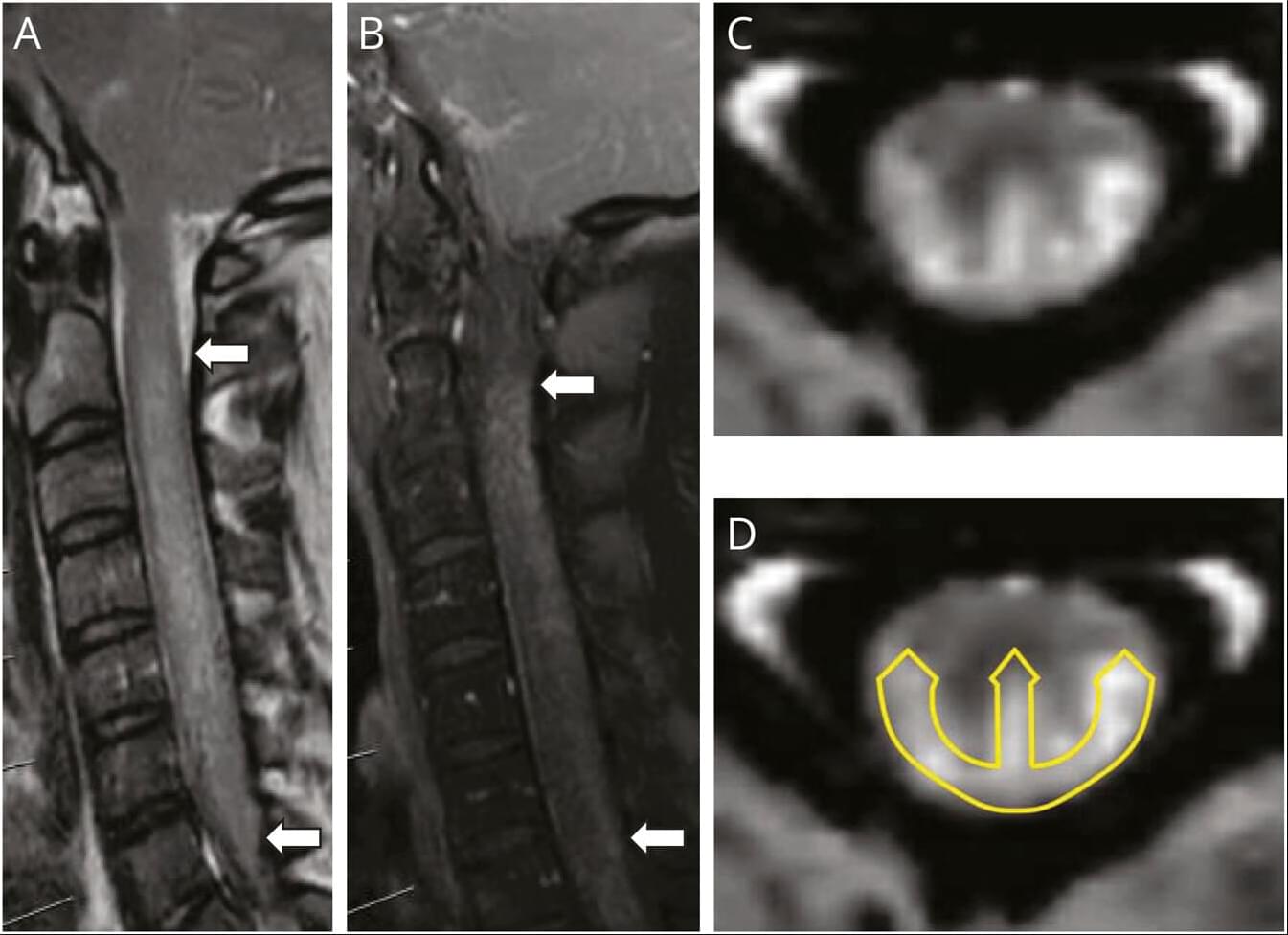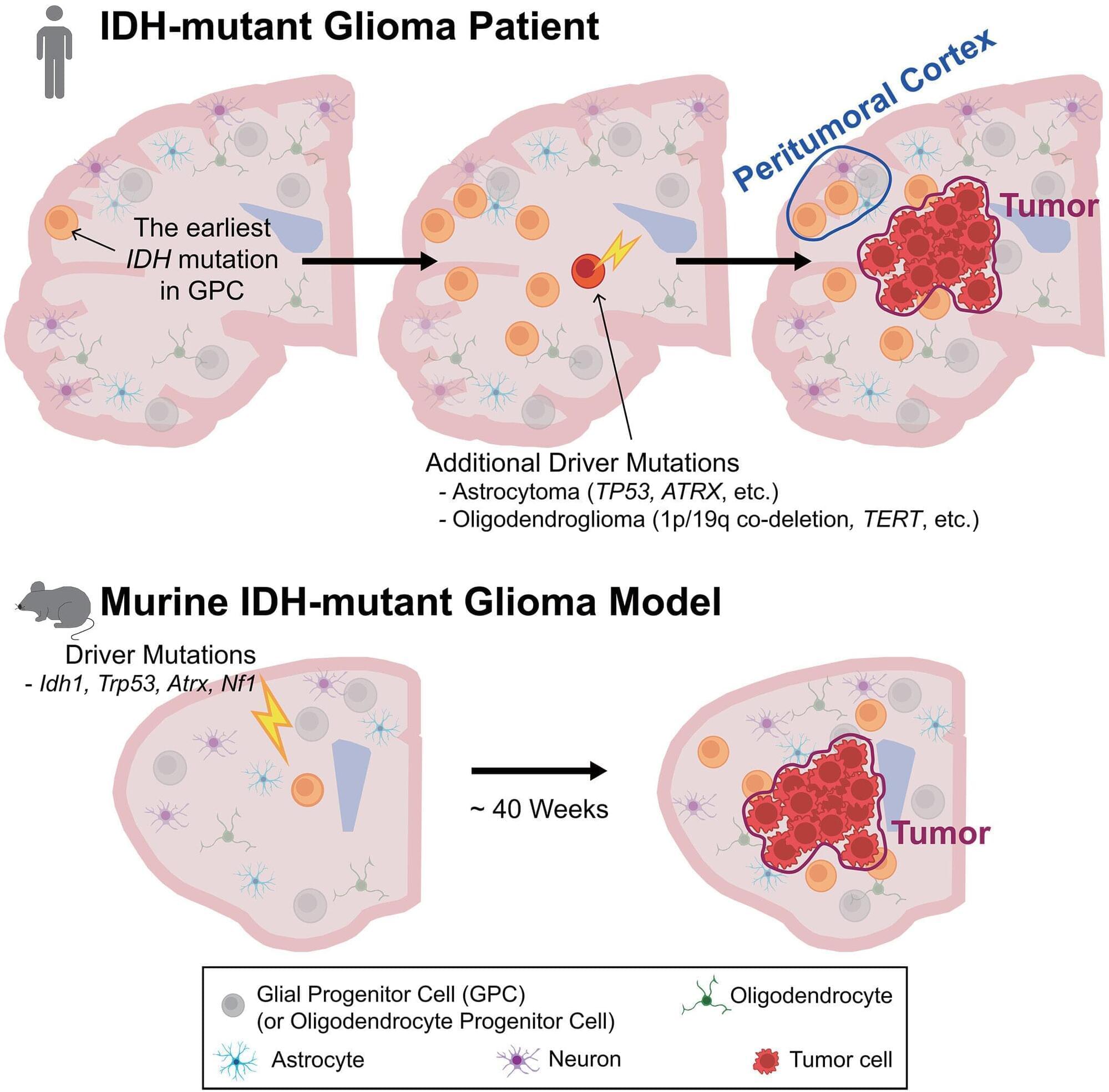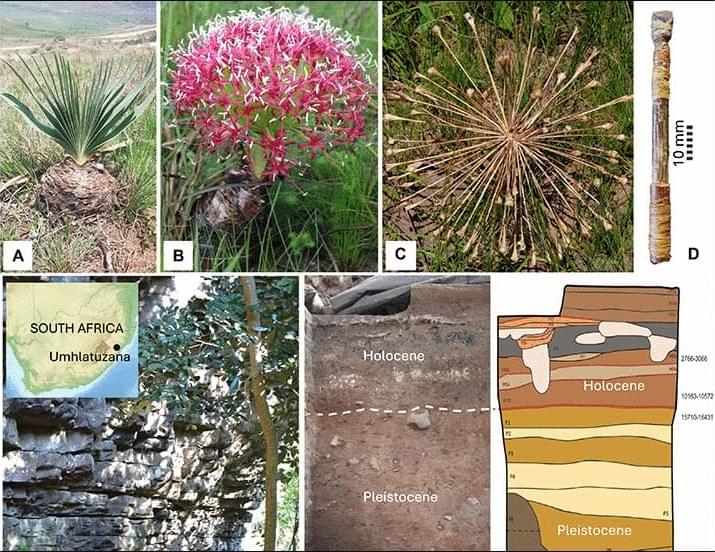Sofia Ferreira & Laura D. Attardi comment on Yi Xu et al.: https://doi.org/10.1172/JCI194395
1Division of Radiation and Cancer Biology, Department of Radiation Oncology, Stanford University School of Medicine, Stanford, California, USA.
2Department of Genetics, Stanford University School of Medicine, Stanford, California, USA.
Address correspondence to: Laura D. Attardi, Stanford University School of Medicine, 269 Campus Drive, CCSR-South, Room 1,255, Stanford, California, 94,305, USA. Phone: 650.725.8424; Email: [email protected].







